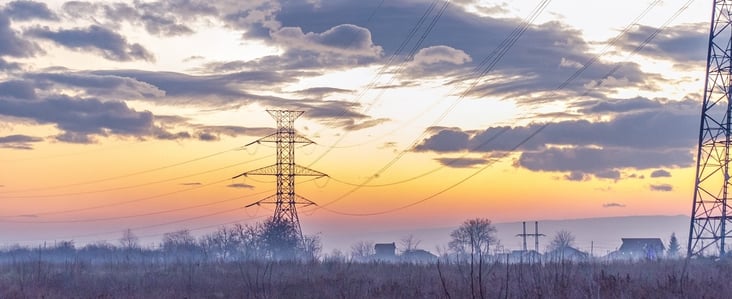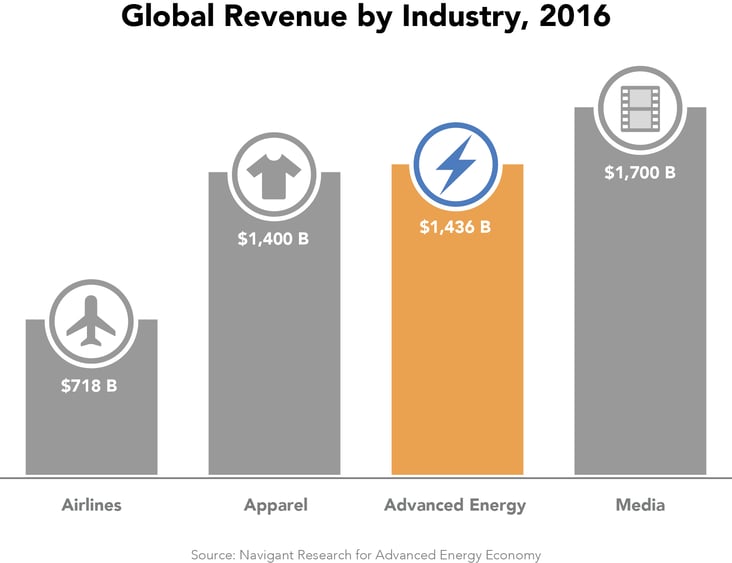
Even as the D.C. Circuit Court weighs the future of EPA’s Clean Power Plan (CPP), states across the country are figuring out how to reduce carbon emissions in the electric power sector. Some states are also beginning to look at how they will administer the compliance plan that gets them to their CPP targets. For many state air regulators, who are used to tracking pollutants coming out of power plant smokestacks, the idea of incorporating “outside the fence line” measures into CPP compliance plans can seem challenging. In particular, concerns might arise when it comes to any aspect of the CPP that involves providing credits to owners and operators of clean energy resources for the emission reductions produced by their technologies, whether as part of the Clean Energy Incentive Program (CEIP), allowance allocations in mass-based programs, or emission reduction credits in rate-based plans.
Some regulators might be tempted to restrict their plans to onsite measures, such as power plant efficiency upgrades, which might seem more familiar and easier to handle administratively. But those retrofits are more costly and provide limited emissions reductions. In contrast, measures like energy efficiency and renewable energy development are cheaper for customers and more effective in reducing emissions, but they are unlike the pollution controls many of these agencies have overseen in the past.
Given fiscal pressures on state budgets and limited staffing, what’s a regulator to do? The answer: go outside the agency for help.




